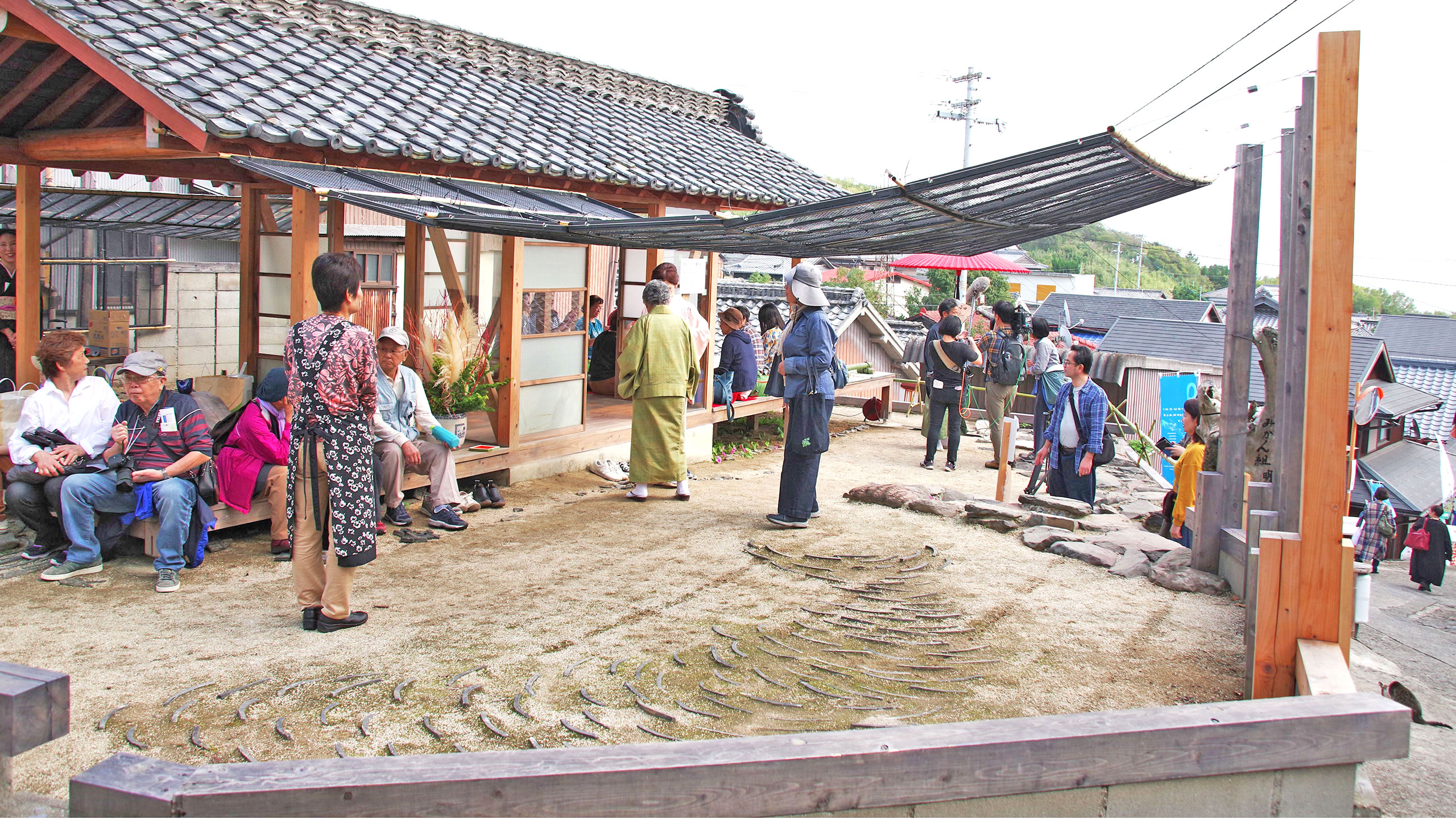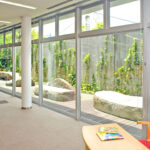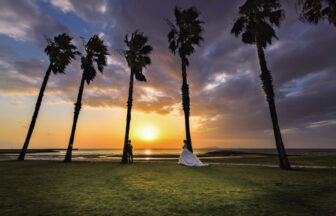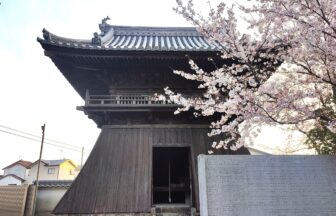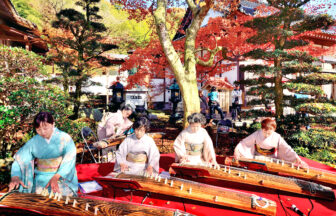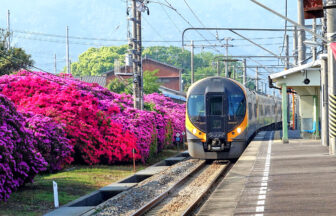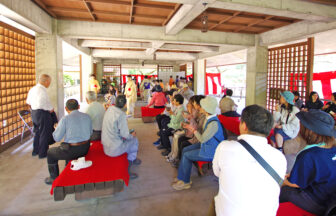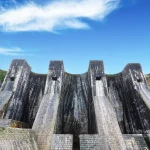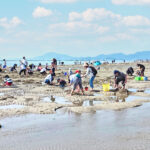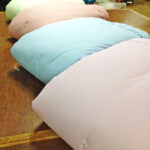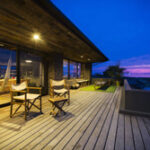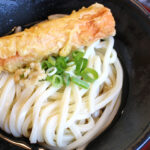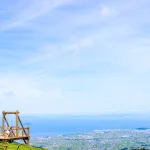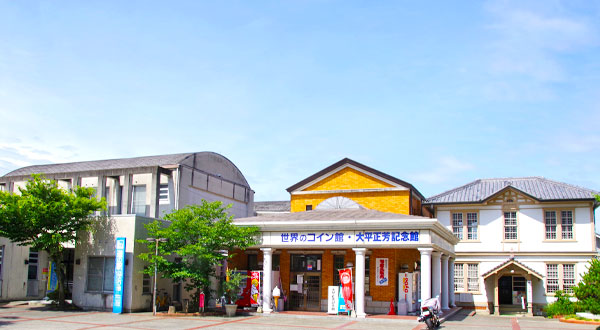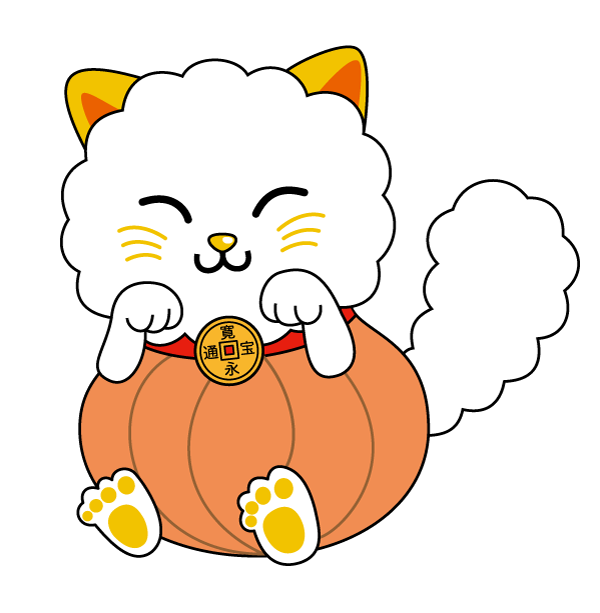Iriko An (Iriko Hermitage) was exhibited at the 2016 Setouchi International Art Festival by the architect group “Mikangumi” and students from Meiji University. It was created using the seiro, stone walls, and lumber used for iriko processing on Ibukijima Island, which thrives on anchovy fishing, and is still used by the islanders as a place for socializing. During the Setouchi Art Festival, tea was also served at the iriko hermitage.

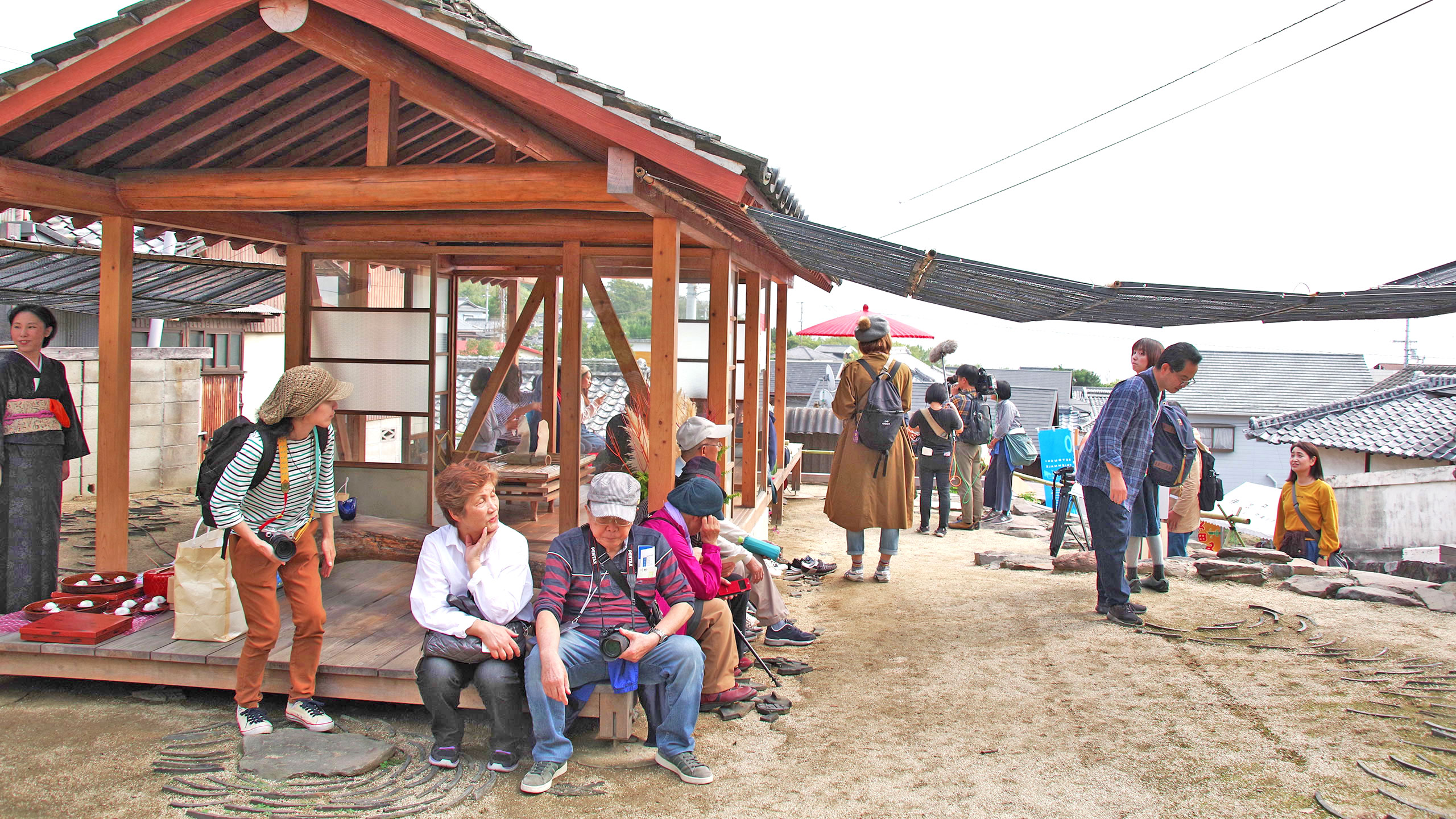

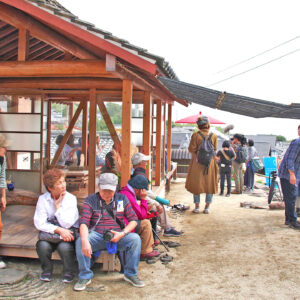
| address | 992 Ibuki-cho, Kanonji, Kagawa 768-0071 |
|---|---|
| map | |
| car(To Kannonji Port) | Approximately 15 minutes (6 km) by car from the Onohara IC of the Takamatsu Expressway |
| train(To Kannonji Port) | 5 minutes by cab from JR Kannonji Station (2 km) |
| pubric bus(To Kannonji Port) | The Pubric Bus runs seven times a day; take the Pubric Bus Nai-Kyunkan Line from JR Kannonji Station and tell the driver to go to “Kannonji Port. There are no bus stops on the Pubric Bus, and you can get on and off anywhere on the route. (However, you are not allowed to get on and off the bus on Route 11 except at designated areas.) |
伊吹島までの行き方
- liner
- Maritime Taxi
Ibuki Kannonji Passage
Regular boats depart from Kanonji Port to Ibukijima.
Boarding time
25 minutes
Boarding fee (one way)
・Adults (junior high school students and above): 600 yen
・Children (elementary school students only): 300 yen
・Under elementary school students: Free
time table
・Departing from Kanonji Port
6:10, 7:50, 11:20, 15:40, 17:50
・Departing from Ibuki Maura Port
7:00, 9:00, 13:30, 17:10, 18:30
inquiry
Kanonji Ibukimaru Office
0875-25-4558 (Kannonji Temple)
0875-29-2113 (Ibuki)
*For details, please check the “Ibuki Kannonji Route” page.
Reservations required
Maritime Taxi Miyoshi Kanemitsu
TEL:090-7607-2204
Section used: Ibukijima~Kanonji Port
Fare: from 3,500 yen (one-way)
Capacity: 1-5 passengers
Others: Available from Nio and Shikokuchuo City

